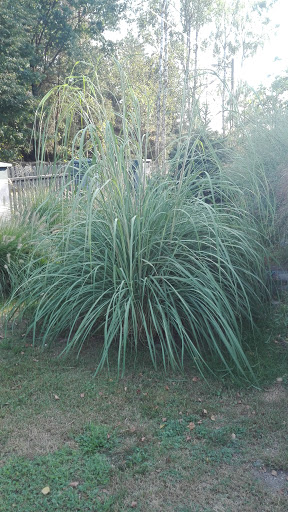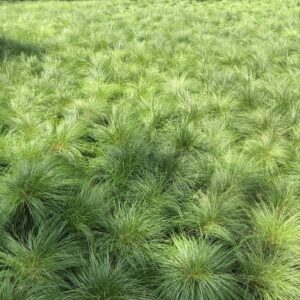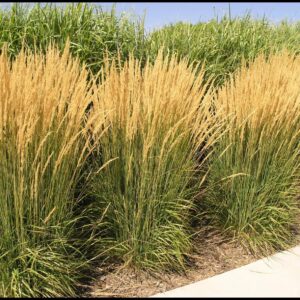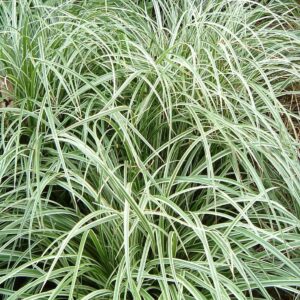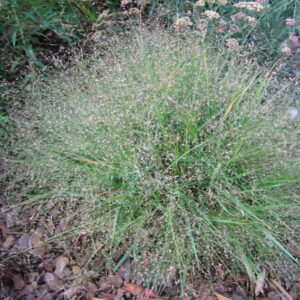Description
Plume Grass Characteristics
Plume Grass is a showy ornamental grass that is sure to catch the eye with it's height and cascading leaves. The blades are medium to pale green in the spring and summer but may turn orangish-red in the fall, The flowers make perfect additions to indoor dried flower arrangements.
Plume grass is a medium maintenance addition to a garden. Plume grass should be planted in dry to medium moisture soils in full sun. If soil is kept too wet, root rot is likely to occur. Cutting the grass nearly to the ground in late winter will make way for new growth in the spring. There are few diseases and pet problems that plague Plume Grass
Often found in gold courses as borders, these large grasses bring texture, height, and privacy to both small and large spaces. They can be used as natural fences or focal points. Their color change make for an interesting piece from summer to late winter.
-
USDA Climate Zone
Zones 5 - 9
-
Height
6 - 12'
-
Spread
4 - 6'
-
Bloom Time
September - October
-
Water
Dry - Medium
-
Sun
Full Sun
-
Maintenance
Medium
-
Deer Resistant?
No
